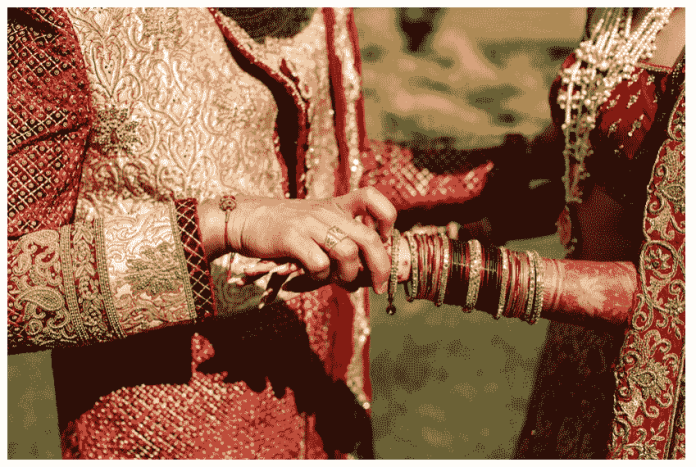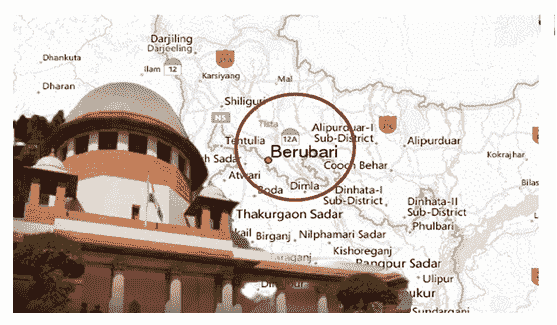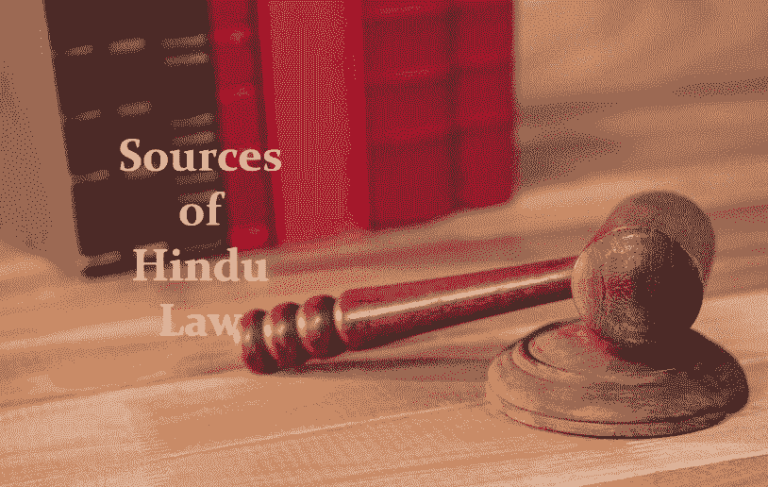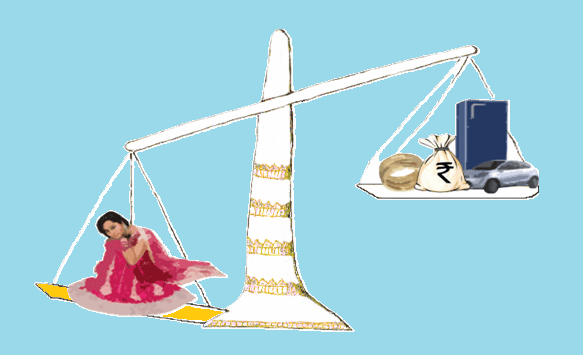The Hindu Marriage Act of 1955 is a legislative enactment of the Indian Parliament that aims to regulate marriages among Hindus and those who have converted to Hinduism, Buddhism, Jainism, or Sikhism. The act seeks to codify and unify the diverse marriage laws prevalent among Hindus and provide legal mechanisms for solemnizing and dissolving marriages.
The key provisions of the Hindu Marriage Act, 1955 include:
1. Applicability: The act applies to individuals who practice Hinduism, Buddhism, Jainism, and Sikhism.
2. Solemnization of Marriage: The act lays down the conditions for a valid Hindu marriage, including eligibility criteria, ceremonies, and registration requirements.
3. Conditions for Marriage: The act specifies conditions such as the minimum age of marriage, mental capacity, prohibited relationships, monogamy, and more.
4. Void and Voidable Marriage: The act distinguishes between void marriages (those that are unlawful from the beginning) and voidable marriages (those that are valid until annulled by a court).
5. Restitution of Conjugal Rights: The act provides provisions for the restitution of conjugal rights, enabling a spouse to petition the court for the resumption of marital cohabitation.
6. Judicial Separation: Couples can seek judicial separation under certain circumstances, which does not dissolve the marriage but allows them to live separately.
7. Divorce: The act outlines grounds for divorce, including adultery, cruelty, desertion, conversion to another religion, and more. Divorce can be sought through mutual consent or contested through the courts.
8. Maintenance and Alimony: The act makes provisions for the maintenance of spouses and children in case of divorce or separation.
9. Custody of Children: The act addresses the custody and guardianship of children in case of divorce or separation.
10. Ancillary Matters: The act deals with matters such as property rights, succession, and inheritance concerning Hindu marriages.
11. Special Marriage Act: The act provides an alternative to the Hindu Marriage Act for interfaith marriages, allowing Hindus to marry outside their religion through the Special Marriage Act, 1954.
The Hindu Marriage Act, 1955, has been amended several times to address societal changes and legal developments. It is a significant piece of legislation governing Hindu marriages in India, providing a framework for personal relationships, rights, and obligations within the Hindu community.
ESSENTIALS OF HINDU MARRIAGE
In Hinduism, marriage is considered one of the most important and sacred rituals. It is the last of the ten sacraments in the religion, which is necessary for the regeneration of individuals who do not wish to become sanyasis. A fundamental prerequisite for a Hindu marriage is that both individuals involved in the ceremony must be Hindu.
The Hindu Marriage Act of 1955 has defined specific conditions that must be fulfilled for a marriage to be considered valid. These conditions are listed under Section 5 of the Act. However, in the case of Lila Gupta vs Laxmi Narain & others, the Supreme Court held that not all of the conditions outlined in Section 5 of the Act are mandatory. It is important to note that the decision from the court granted some flexibility in the interpretation and implementation of the Act’s requirements, allowing for a more nuanced approach to Hindu marriages.
CONDITION FOR A VALID HINDU MARRIAGE
1. MONOGAMY
Section 5 (i) of the act prohibits polygamy and polyandry. It says that neither party should have a living spouse at the time of the marriage. Failure of this condition would null and void the marriage under sec 11 of the act. Apart from this, the party would be liable for bigamy under sec 494 and 495 of the IPC
In cases like BHOGADI KANNABABU vs VUGGINA PYDAMA & others and YAMUNA ANANTRAO ADHAV A vs RANATRAO SHIVRAO ADHAV & ANR, the apex court held that during the subsistence of the first marriage, the 2nd marriage is NULL and VOID.
2. The conditions are
Under Section 5 (ii), at the time of the marriage neither party
(a) Is incapable of giving a valid consent due to his/her unsound mind.
(b) has been suffering from a mental disorder of such kind or to such an extent as to be unfit for marriage and the procreation of children.
(c) has been subjected to recurrent attacks of insanity.
If any of these conditions are not fulfilled then marriage is voidable under sec 12 (1)(b) of the act. In Smt. ALKA SHARMA vs ABHINESH CHANDRA SHARMA, the high court of Madhya Pradesh held that the court can nullify the marriage if either condition or both conditions are fulfilled due to the mental disorder of the party.
3. Age of the parties
Under Section 5 (iii) of the act, the bridegroom and bride have completed the age of 21 at the time of the marriage. Breaching of the condition did not amount to the nullity of the marriage but it is an offense under Section 18 (a) of the act i.e. Simple imprisonment up to 2 years or a fine of Rs 1000/- or both
4. Prohibited degree of relation
Under Section 5 (iv) of the act prohibits the solemnization of marriage of persons falling within the prohibited degree of relationship. If any marriage is solemnized under this then the marriage would be void under Section 11 of the act. Apart from this, violation of this clause would amount to simple imprisonment up to 1 month or a fine of 1000/- or both under Section 18 (b) of the act.
5. Prohibition of Sapinda Relationship
Under Section 5 (v) of the act, marriage between the persons having sapinda relationship is prohibited unless there is a custom that allows them to do so. Sapinda means a person considered in relation to any of his or her three of sometimes six nearest lineal male ancestors or descendants. Any marriage solemnized under this would be void under section 11 of the act and violation of this clause would amount to simple imprisonment up to 1 month or a fine of 1000/- or both under sec18 (b) of the act.
LANDMARK CASE
SHREE JITENDRA KUMAR SHARMA vs STATE
In this case, the marriage took place between two minor parties who had fallen in love and eloped after their marriage. The girl’s father contended before the court that the marriage between his daughter and the petitioner, Jitendra Kumar was invalid as it violated section sec 5 (iii) of the Hindu Marriage Act, 1955
Judgment- The court while pointing out that section 5 (iii)is neither ground for a void marriage nor a voidable marriage, opined that the minor couple is free to live together without any compulsion from the respective families.
Conclusion
The Hindu Marriage Act, enacted in 1955, is a crucial legislation in India that brings together various customs and traditions governing Hindu marriages into a comprehensive legal framework. The act recognizes that Hindu marriage is not just a private affair but also a social institution, and hence, it seeks to provide legal clarity and protection to individuals who are entering into Hindu marriages.
The act covers various aspects of Hindu marriage, including the solemnization of marriages, the rights and responsibilities of spouses, the grounds for dissolving the marriage, and matters related to maintenance, custody, and inheritance. It lays down the conditions for a valid Hindu marriage, such as the eligibility of parties to marry, the age of marriage, and the prohibition of certain degrees of relationship.
Moreover, the act recognizes the importance of gender equality and grants equal rights to both spouses in the marriage. It provides for the right to maintenance of the spouse, the right to custody of children, and the right to inherit the property of the spouse in case of death. The act also provides for the dissolution of the marriage on certain grounds such as cruelty, adultery, and desertion.
The Hindu Marriage Act has evolved to adapt to changing societal norms and needs, while still preserving the fundamental principles of Hindu marriage. It has undergone several amendments to address the concerns of different sections of society, such as the amendment in 1986 that made the act applicable to all Hindus, including Buddhists, Jains, and Sikhs.
In conclusion, the Hindu Marriage Act, 1955, has played a crucial role in providing legal clarity and protection to individuals who are entering into Hindu marriages. With its emphasis on both personal freedoms and societal stability, the act continues to serve as a cornerstone of family law in India, shaping the landscape of marital relationships within the Hindu community.
Also Read:
Rights of undertrial prisoners in India
How To Send A Legal Notice In India












